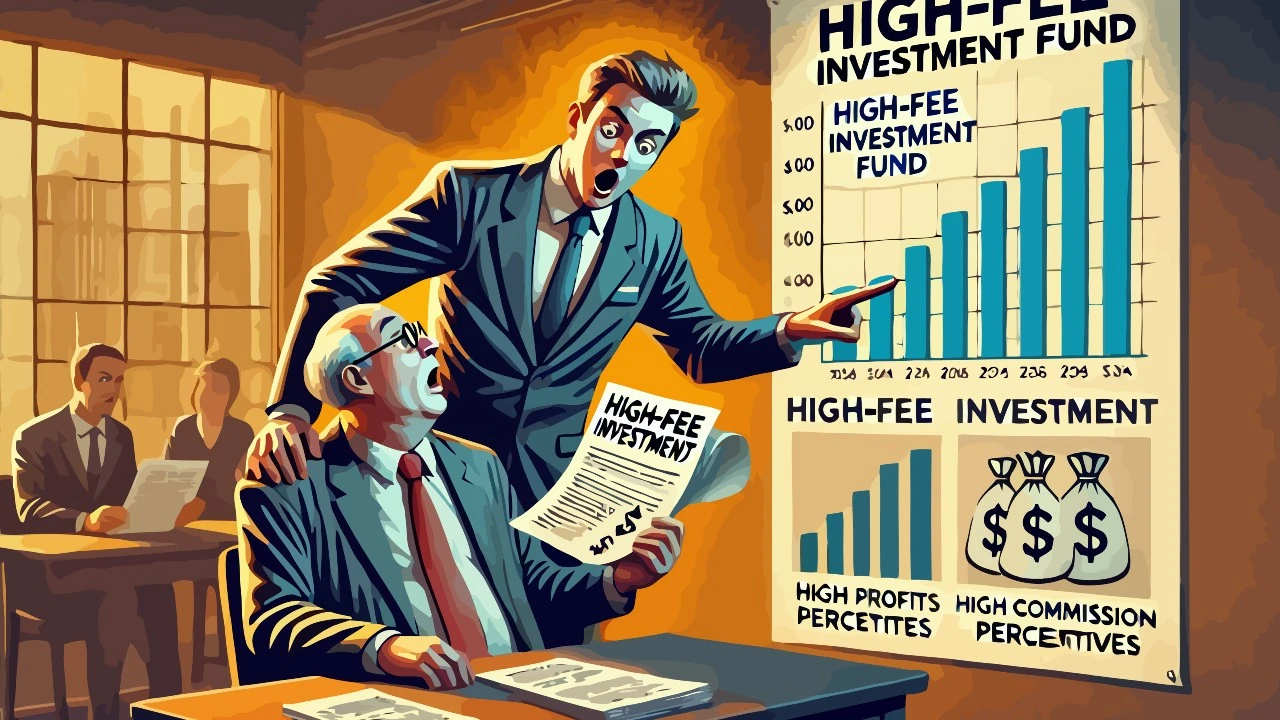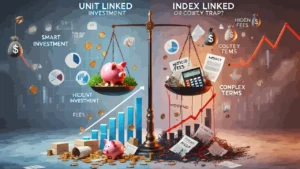Banks are not philanthropic institutions, this is clear to everyone. However, what is often overlooked is how far they can go to push their customers to invest in their funds. With a carefully studied way of selling, financial advisors interested more in commissions than in the real well-being of the investor and a strategy that rewards only the bank, many savers find themselves trapped in financial products of dubious convenience.
Among these, the Capital Accumulation Plan (PAC) stands out, often presented as a perfect solution, but which hides pitfalls and non-transparent commissions. In this article, we will analyze how banks manage to get their customers to sign questionable investments, even when the latter do not have the skills or even the lucidity to understand what they are doing.
I am not a financial advisor:
The information provided does not constitute a solicitation for the placement of personal savings. The use of the data and information contained as support for personal investment operations is at the complete risk of the reader.
Contents
#1. The false allure of bank funds
When you enter a bank to talk about investments, the script is almost always the same: they will talk to you about the solidity of their fund, diversification, long-term safety and, above all, past performance, showing you carefully selected graphs to give the impression that investing with them is a winning choice.
What they don’t tell you right away, however, are the management fees, the entry costs, the constraints and, above all, that these funds often do no better than a simple low-cost ETP. Indeed, in most cases the client ends up paying double or triple compared to passive management, without obtaining real advantages in return.
Banks have every interest in selling their funds, because the profit margins for them are enormous. Consultants, who should be on the client’s side, are actually encouraged to place the parent company’s products. The result? The client is convinced by every possible means, sometimes without a real analysis of their needs or risk profile. People often trust their bank, thinking that it has their interests at heart, but the reality is that the bank is a company and, as such, aims for profit.
In some cases, banks push customers to invest in funds that have a mediocre performance compared to the market, but that guarantee high management fees for the institution. To this are often added expensive unit-linked policies, i.e. products that combine investment and insurance, with hidden costs that are difficult to identify. And so, while the saver believes he is investing in his future, he is actually financing the bank’s profits.
#2. PAC: interesting, but with costs
The Capital Accumulation Plan (PAC) is a theoretically interesting strategy: investing a periodic sum in a fund to reduce the risk of entering the market. Unfortunately, when it is proposed by banks, it is almost always loaded with unnecessary costs.
Many bank PACs have entry fees, management fees and, in some cases, even exit fees! This means that a large part of the returns are eroded even before the client can see the benefits. Furthermore, these PACs are often associated with actively managed funds that underperform compared to a simple stock index. The most worrying aspect is that the PAC is sold as a solution “for everyone”, without considering the age of the investor, his economic situation or his real needs. For the bank, the important thing is that the client subscribes to the product, not that he benefits from it.
Those who subscribe to a banking PAC rarely realize how much they will actually pay in commissions. If you add up the annual management costs, the entry and exit costs and the implicit loadings in the fund, you discover that the customer can end up paying even 3-4% per year in costs. This means that the PAC must generate a very high return just to cover the costs, which is absurd considering that a simple passive ETF would have costs that are over 90% lower.
#3. An elderly man pushed to equity PAC
This is a real case that I have seen for a friend, as a private individual. Imagine a 70-year-old retiree, with little financial experience and, unfortunately, not completely lucid in his decision-making skills. This person goes into the bank to understand how to manage his savings and leaves with an indefinite-term stock PAC equal to 10% of the pension. Yes, you understood correctly: an stock PAC for a retired senior of a certain age.
The bank, with its “consultant”, sold him a product that was totally unsuitable for his situation. Not only that, in other products (including the famous policies) the commissions were so high that, even in times of profit, half of the profits were eaten up by expenses. How was this possible? Simple, the customer was not able to evaluate in detail what he was signing. No one clearly explained to him the implications of his investment. The bank simply pushed its product, without any ethical responsibility.
👉 Read also: Unit and Index Linked: Complexity and High Costs
This is not an isolated case: every day, inexperienced people are sold complex financial instruments, with the sole purpose of generating profits for the bank. Finance should be a tool to protect capital and create value, not a mechanism to exploit those who do not have the knowledge to defend themselves.
#4. The domino effect of PACs in bubbles
A little-discussed aspect of this massive sell-off of equity PACs is its distorting effect on financial markets. Most of the funds sold by banks track capitalization-weighted stock indices. This means that the more money flows into these instruments, the more the stocks with the largest capitalizations receive forced purchases, regardless of their real value.
The result? A market that grows not because companies are worth more, but because the flow of money from PACs and funds continues to fuel prices. This creates a financial bubble, where the P/E (Price/Earnings) ratio becomes far from economic reality.
👉 Read also: The Value of Shares on the Stock Exchange
Banks continue to push these instruments with the promise of long-term returns, but without worrying about the sustainability of this artificial growth. As long as money keeps flowing, prices go up. But what happens when this machine stops?











Leave a Reply